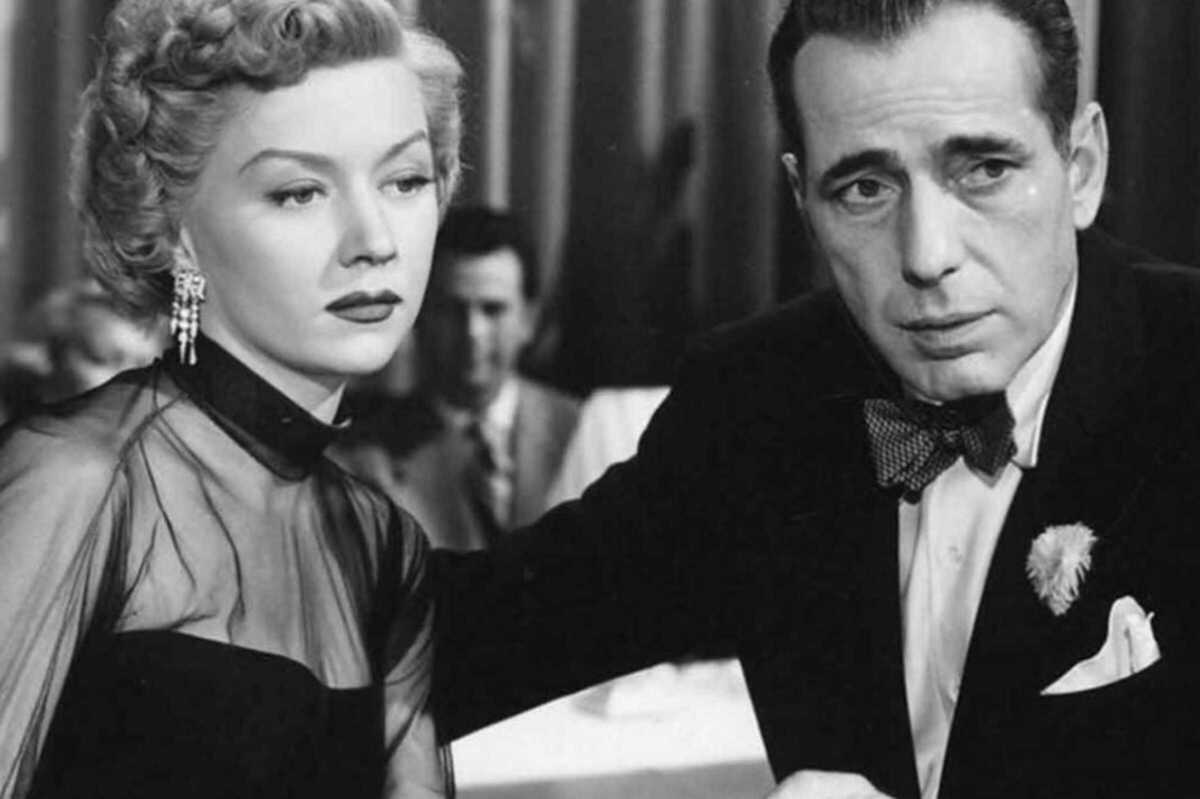In a Lonely Place
By Charlotte Stace

Among the great film noirs of the 1950s, Nicholas Ray’s In a Lonely Place is often overlooked. Offering a bleak view of post-war Hollywood, it follows Dixon Steele (Humphrey Bogart), a volatile screenwriter whose involvement in a murder investigation strains his budding romance with neighbour Laurel Gray (Gloria Grahame). Of course, like all Bogart noirs, it oozes glamour and sophistication, the kid so often lacking from today’s pictures.
Full of psychological complexities, the film’s characters are plagued by inner turmoil and self-destructive tendencies. Interestingly, the real-life dissolution of Ray and Grahame's marriage during its production further intensifies the film’s emotional resonance, blurring the lines between fiction and reality.
Though initially overshadowed by other noir classics, In a Lonely Place has garnered the critical acclaim it so merited with the passing of time. It’s now celebrated for its exploration of love, violence and disillusionment, earning a well-deserved spot in the United States National Film Registry for its cultural and aesthetic significance.
